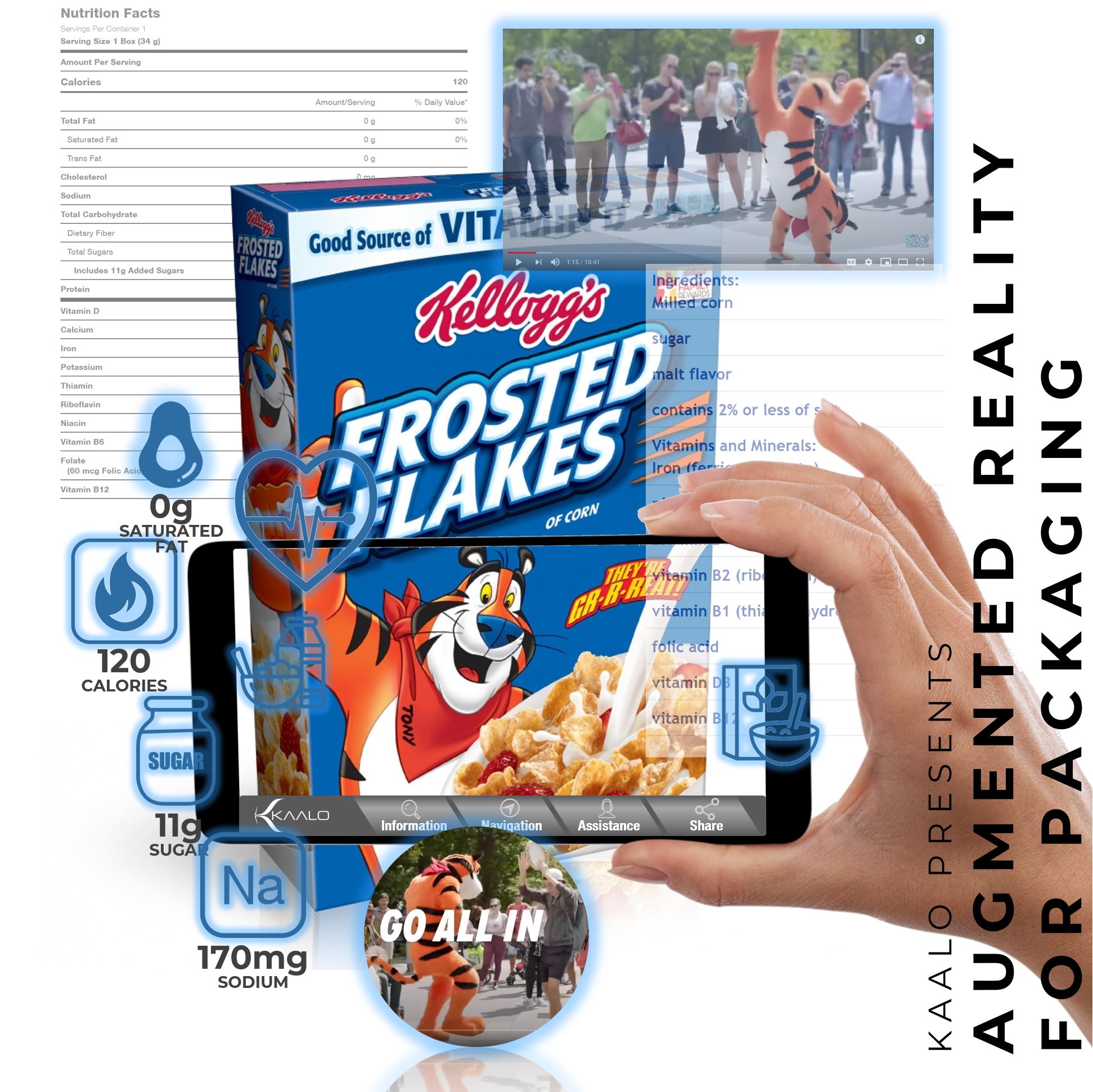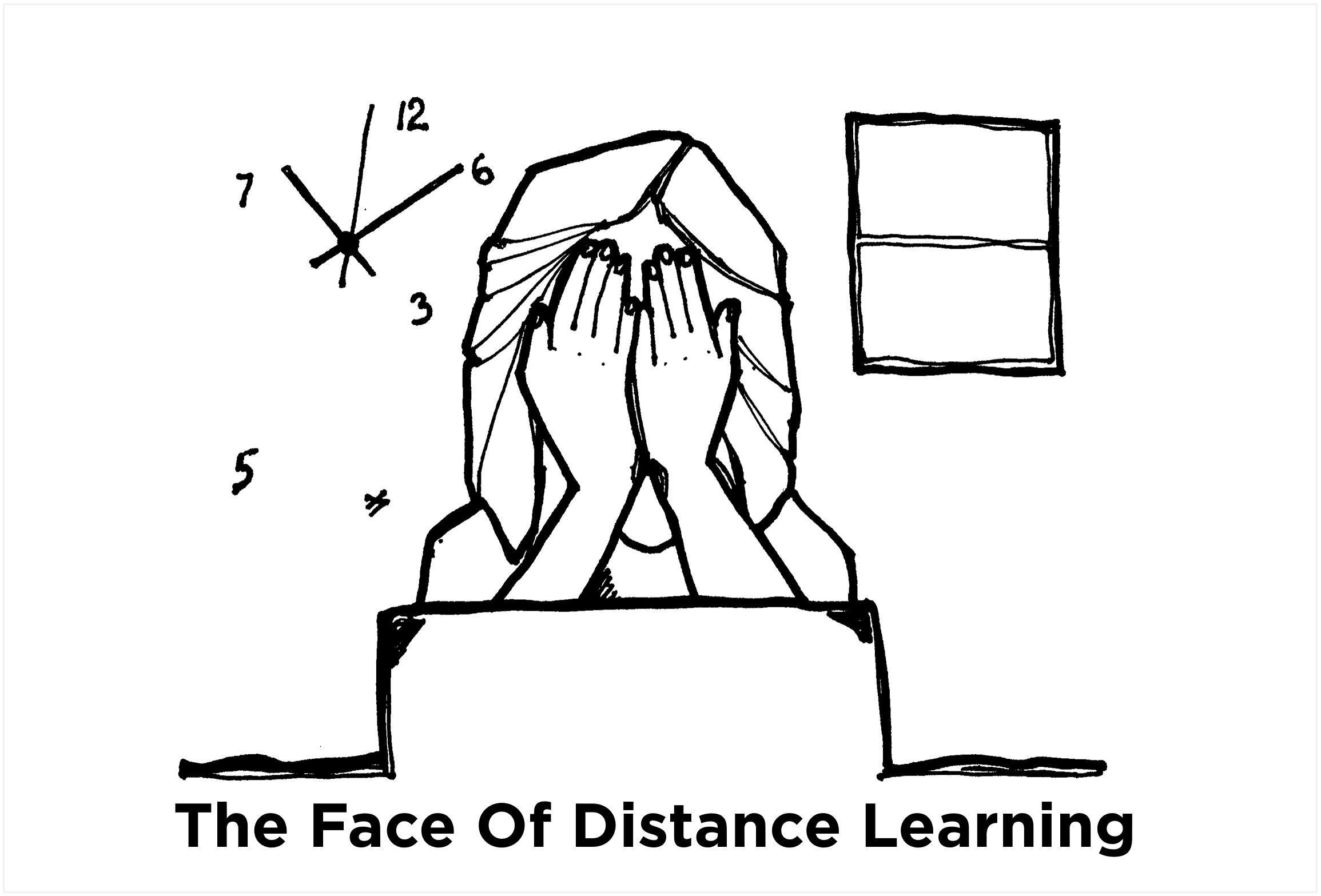You walk through the aisles of a grocery store, and two different boxes of cereal catch your eye. Instead of pulling them down off the shelf, holding them side-by-side to compare them, you simply point your phone at each one. The ingredients, nutritional information, expiration date and allergy warnings appear on-screen, overlaying the image of the box. You have all of the information about the products – that which is printed on the box and more – complete with video and animation possibilities. Imagine pointing your phone at a box of pasta and instantly accessing videos of recipes in which it can be used.
The advantages of such packaging isn’t mere convenience. It allows people with limited mobility to easily access product information. People who are visually impaired can hear text spoken aloud via headset. In warehouse stores, with towering shelves, shoppers can point their phones at items on the top shelf and learn about them without having to wait for assistance. It also means less handling of products, making shopping a more hygienic experience. All of this is possible with augmented reality.

